Optimal Timing for Earwig Extermination
Earwig exterminations are most effective during specific times of the year when these pests are actively seeking shelter and reproducing. Typically, the best time to undertake extermination efforts is in late spring to early summer, when earwigs emerge from their hiding spots to feed and reproduce. Early intervention can prevent large infestations from developing later in the season.
Treating earwigs in spring targets them before they establish large populations, reducing future infestations.
Earwigs are most active during warm, humid summer months, making this an ideal time for effective extermination.
Early fall treatments can help eliminate remaining earwigs before they seek shelter for winter.
Exterminations are more successful when temperatures are consistently above 60°F, which encourages earwig activity.
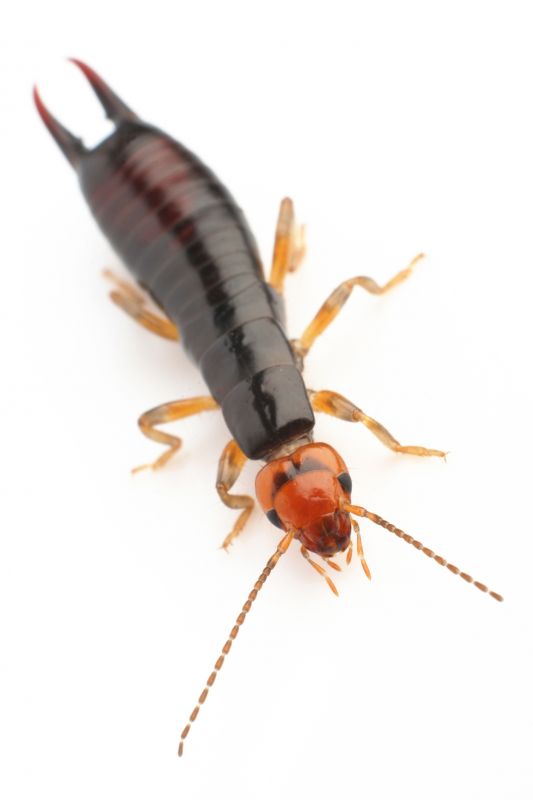
Earwigs often hide in mulch and leaf litter, especially during cooler months.

Warm, moist soil encourages earwig movement and feeding.
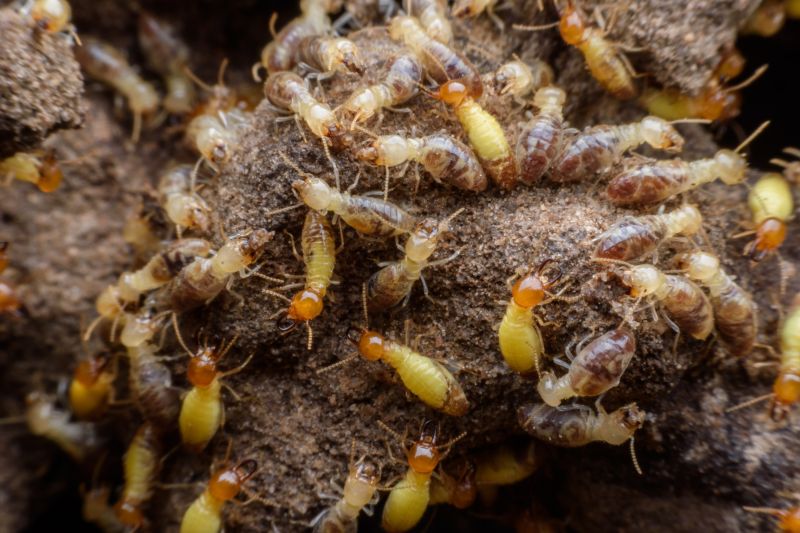
They seek shelter in small openings around foundations and structures.
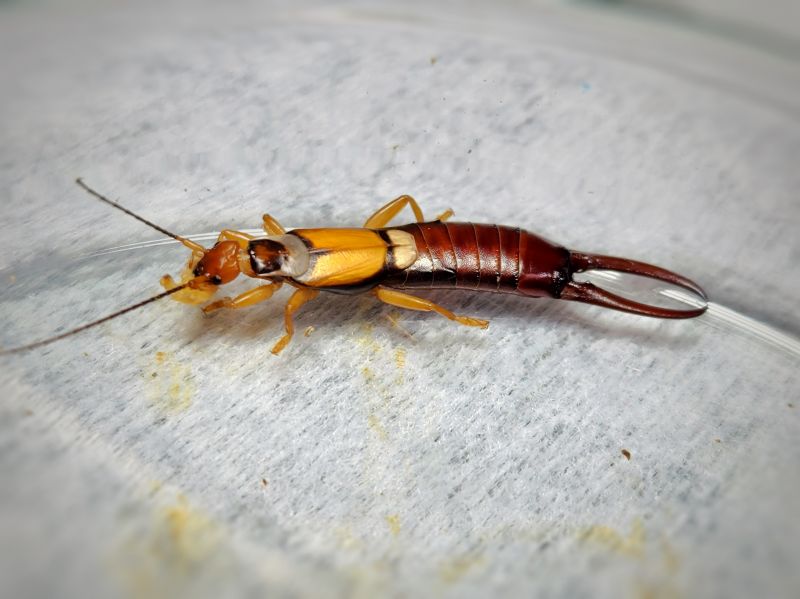
Ways to make Earwig Exterminations work in tight or awkward layouts.
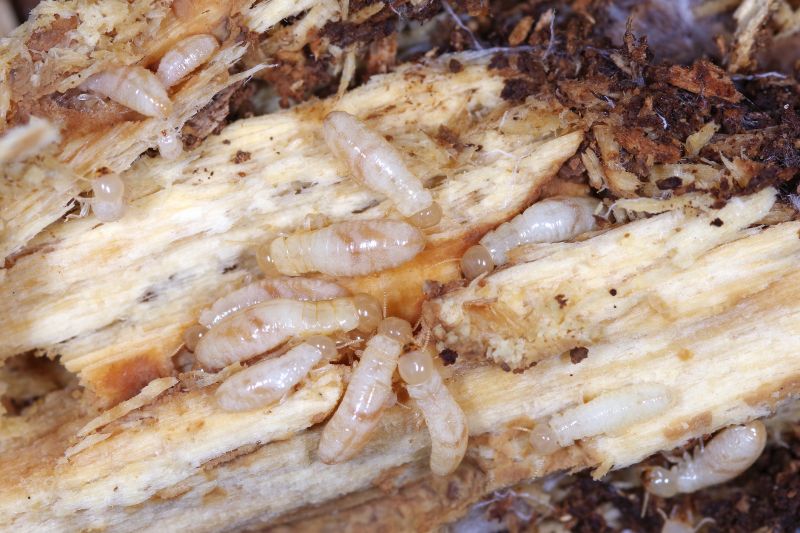
Popular materials for Earwig Exterminations and why they hold up over time.
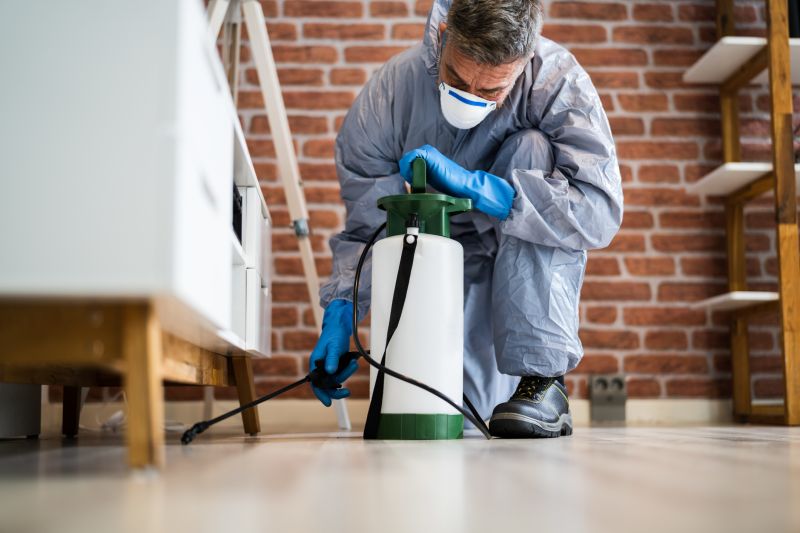
Simple add-ons that improve Earwig Exterminations without blowing the budget.
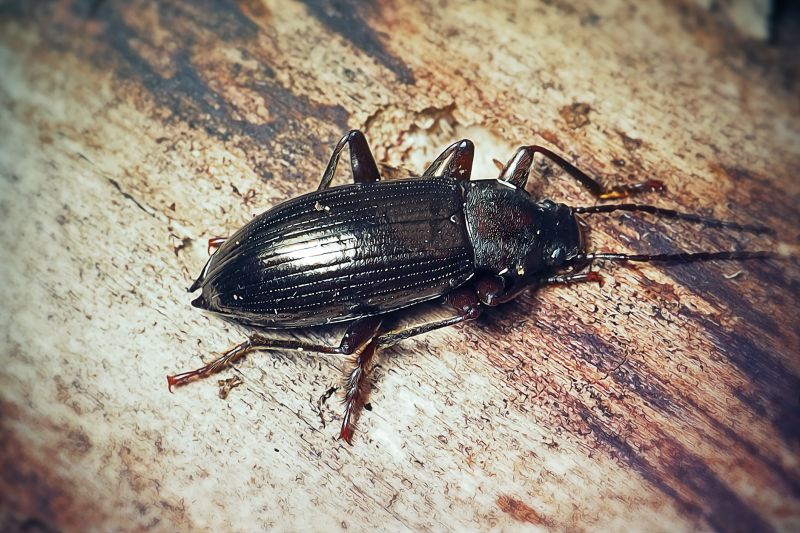
High-end options that actually feel worth it for Earwig Exterminations.
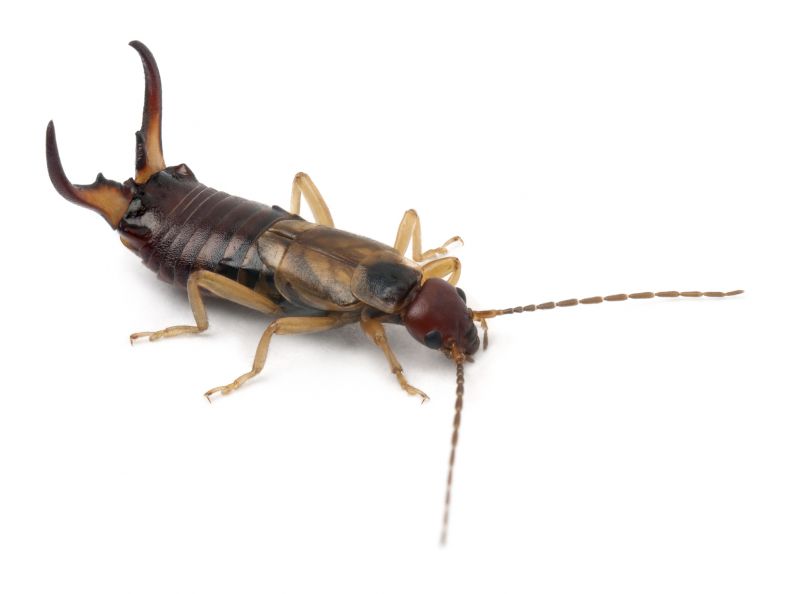
Finishes and colors that play nicely with Earwig Exterminations.
Earwigs are nocturnal insects that prefer dark, damp environments. They are known to cause damage to plants, especially in gardens and landscaped areas. Understanding their behavior and preferred habitats can aid in timing extermination efforts effectively. Proper identification of earwig activity signs, such as damage to leaves and stems or sightings under rocks and debris, can help determine the optimal timing for treatment.

Feeding activity can cause ragged edges on leaves and stems.
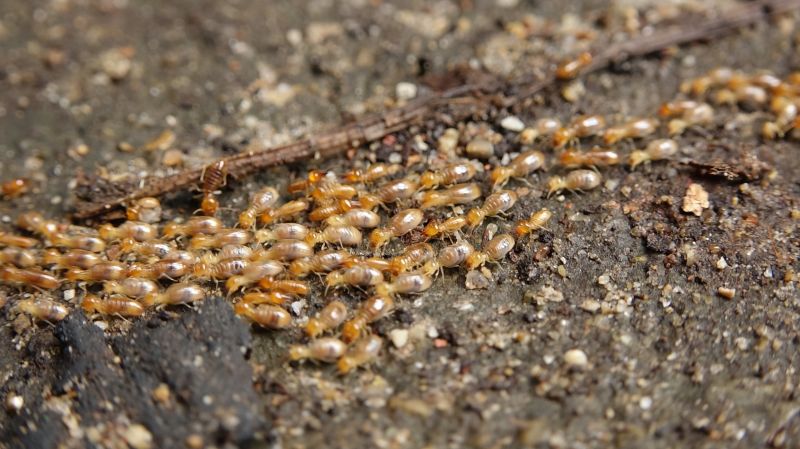
They often hide in soil cracks and under stones during the day.

They congregate on plant stems at night for feeding.
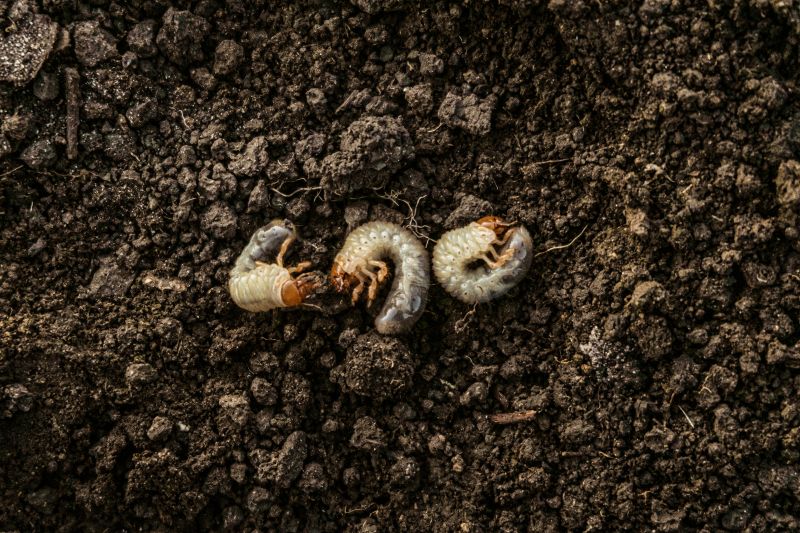
Mulch provides ideal shelter for earwigs during inactive periods.

Little measurements that prevent headaches on Earwig Exterminations day.

A 60-second routine that keeps Earwig Exterminations looking new.
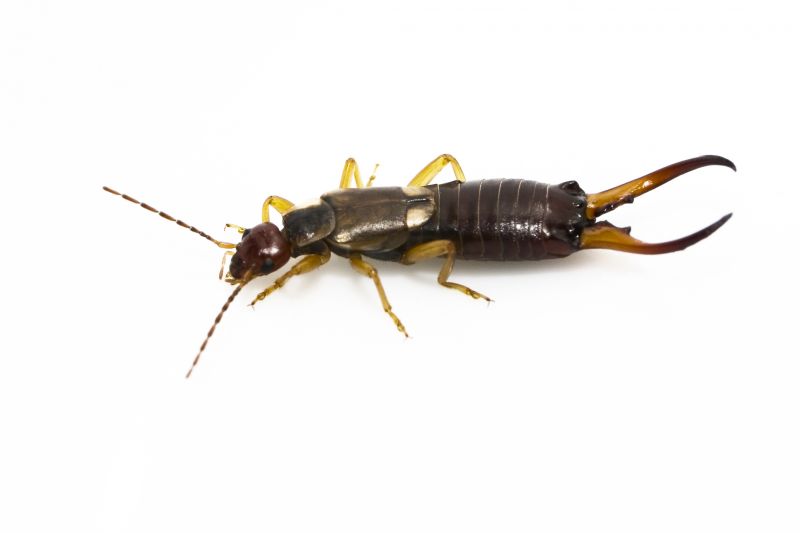
A frequent mistake in Earwig Exterminations and how to dodge it.
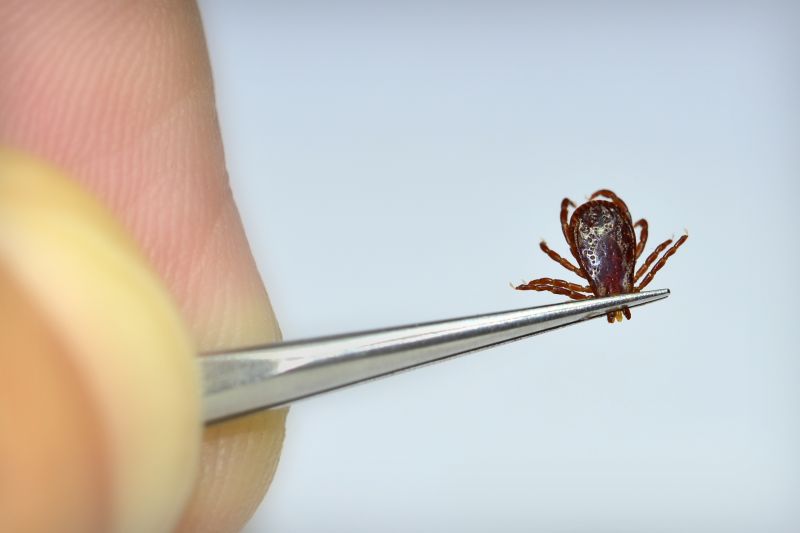
Small tweaks to make Earwig Exterminations safer and easier to use.
| Season | Optimal Action |
|---|---|
| Spring | Begin treatments early to prevent population buildup. |
| Summer | Target active earwigs during peak activity for better results. |
| Fall | Apply preventive measures before they seek shelter for winter. |
| Winter | Minimal activity; focus on structural repairs to block entry points. |
| Rainy periods | Increase monitoring due to higher humidity and activity. |
Effective earwig extermination involves understanding their life cycle and activity patterns. Regular inspections, especially during peak activity months, can help identify infestations early. Combining environmental management, such as reducing moisture and hiding spots, with targeted treatments enhances control efforts and minimizes future problems.
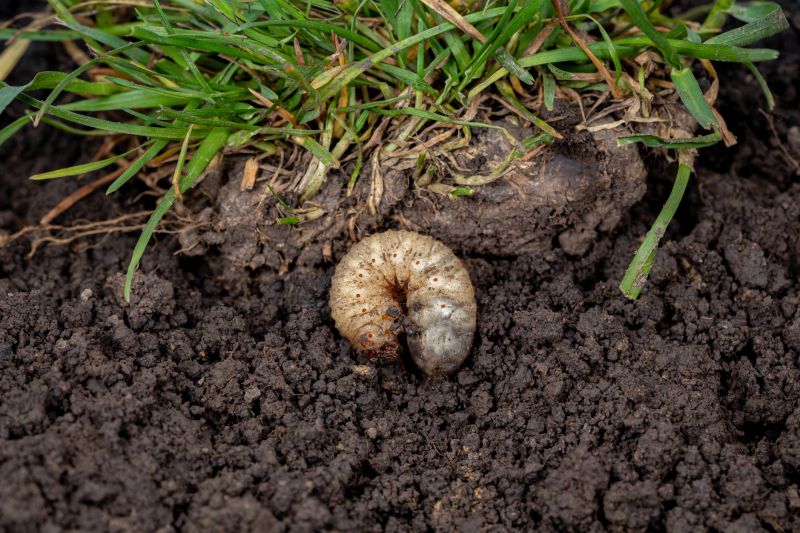
Removing debris reduces hiding spots and discourages earwig presence.
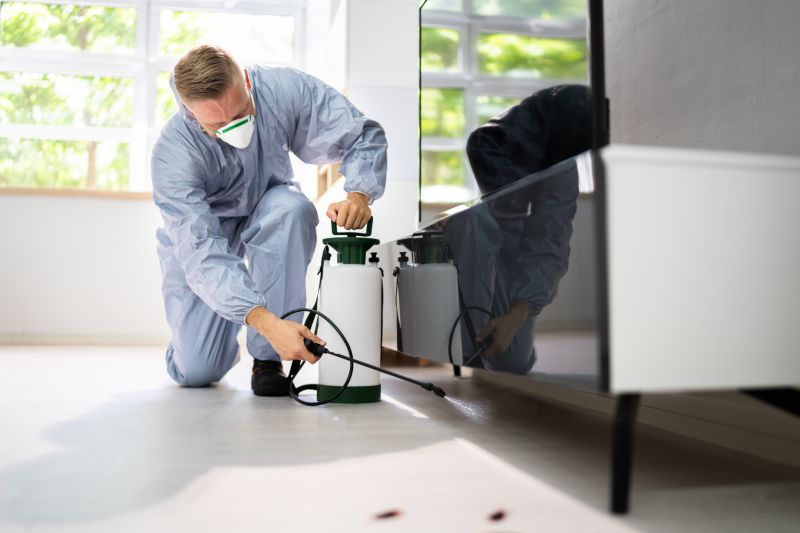
Baits can be used strategically during peak activity periods.
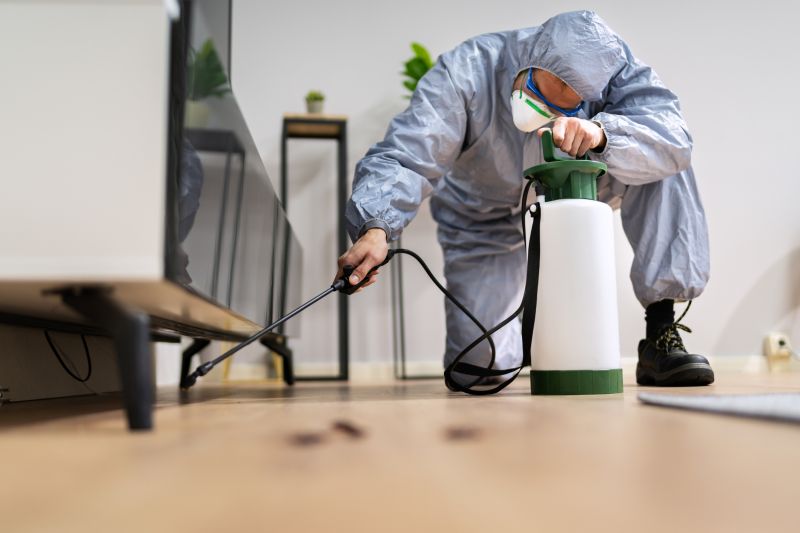
Applying barriers prevents earwigs from entering structures.
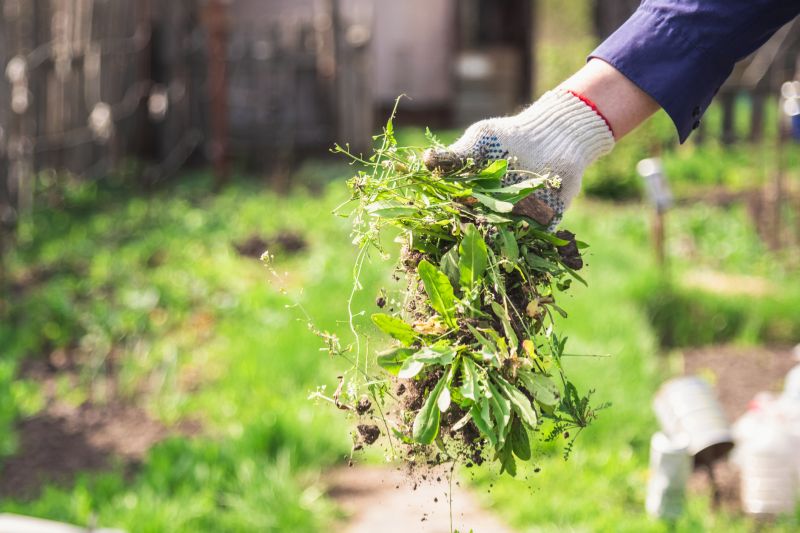
Reducing excess moisture minimizes earwig habitats.

Lower-waste or water-saving choices for Earwig Exterminations.
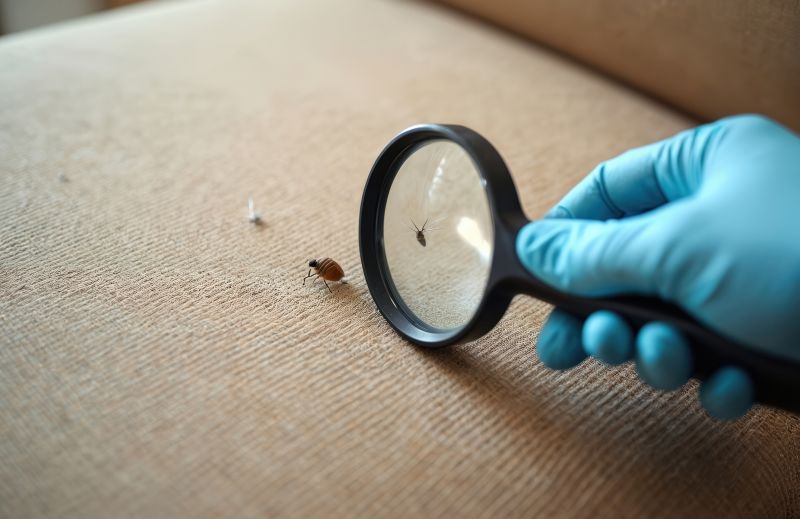
The short, realistic tool list for quality Earwig Exterminations.
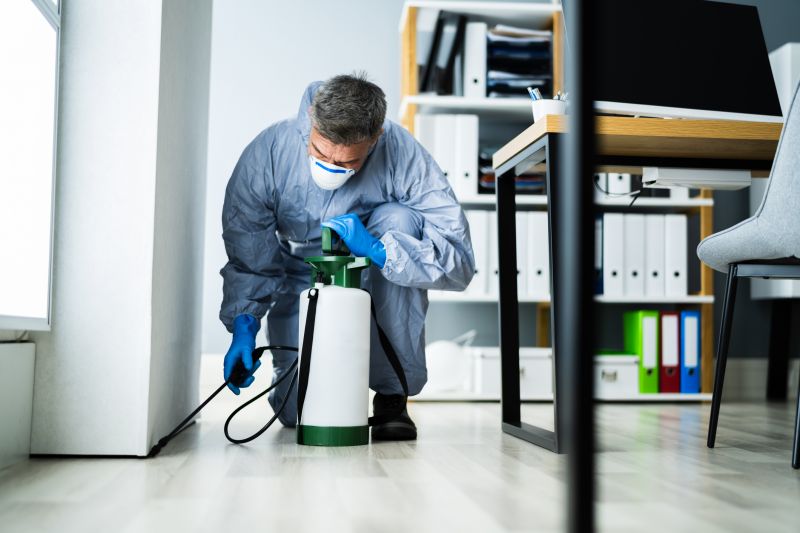
Rough timing from prep to clean-up for Earwig Exterminations.

Quick checks and paperwork to keep after Earwig Exterminations.
Individuals interested in controlling earwig populations are encouraged to consider professional extermination options. Proper timing and integrated pest management strategies can significantly reduce infestations and protect plants and property from damage.
